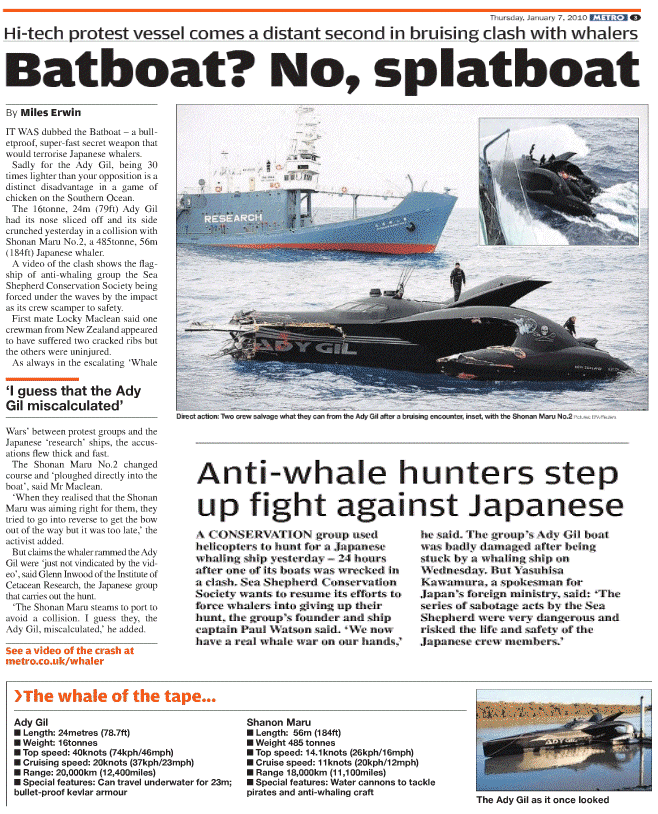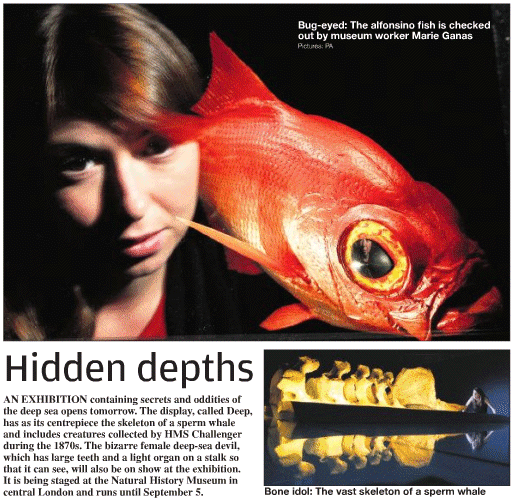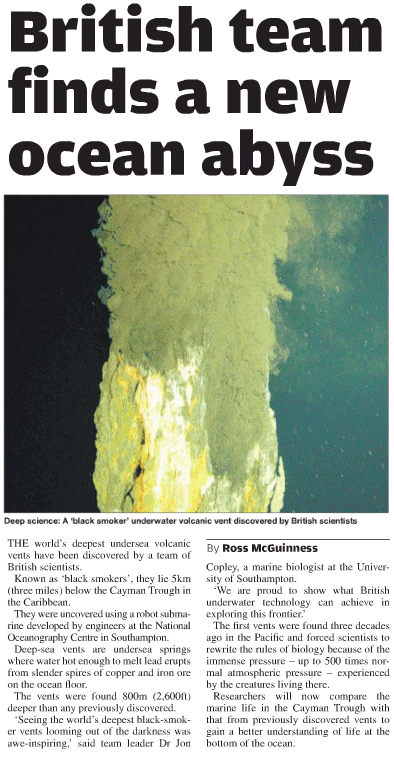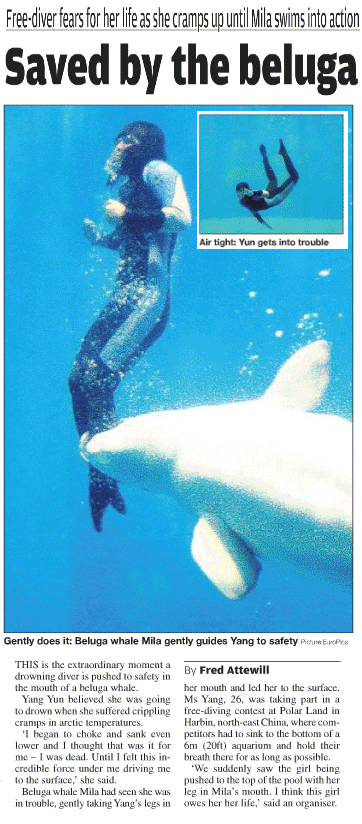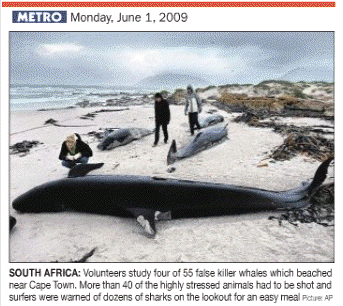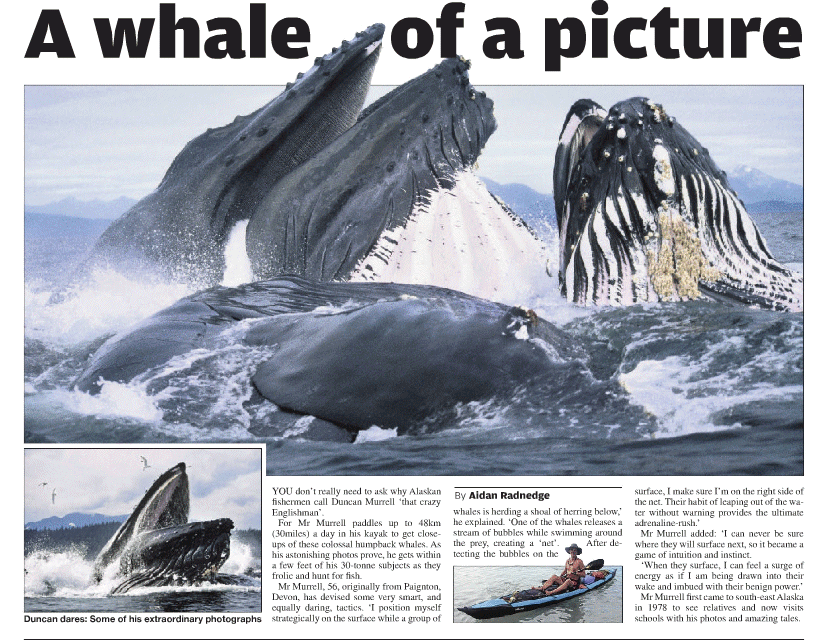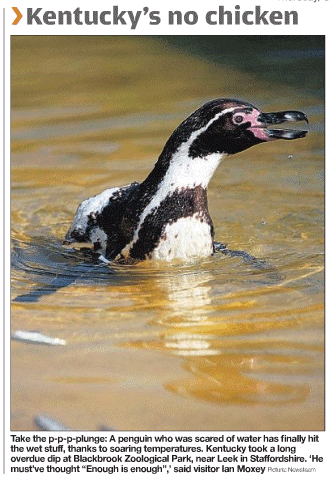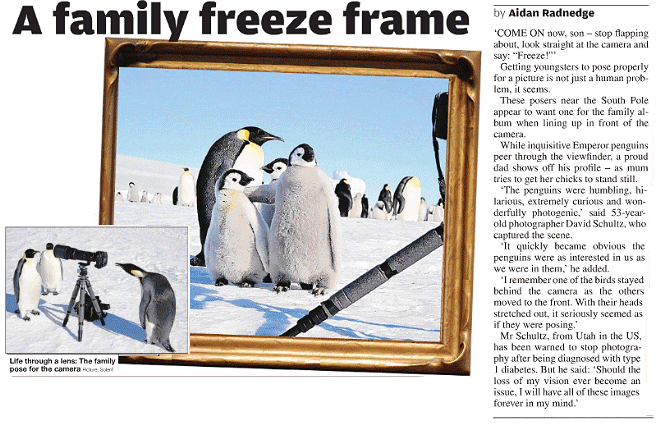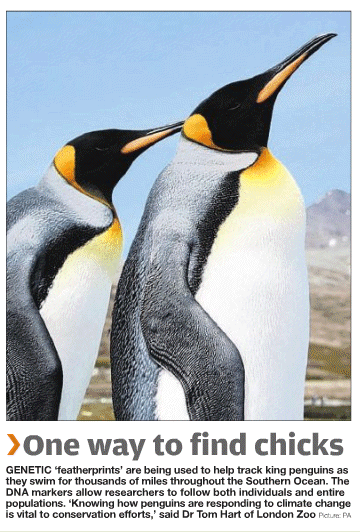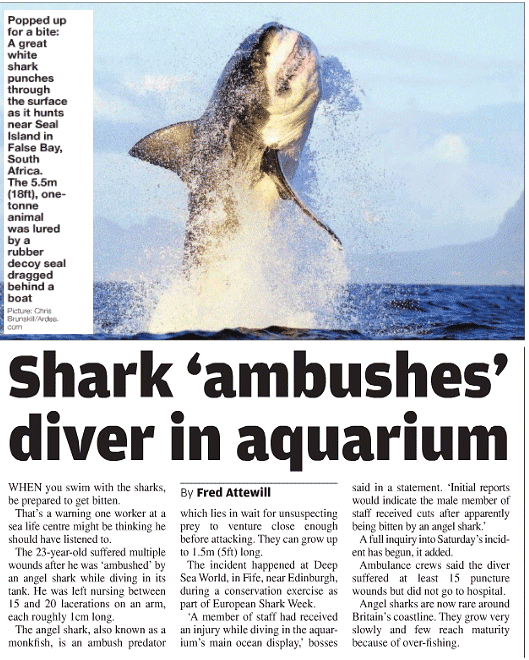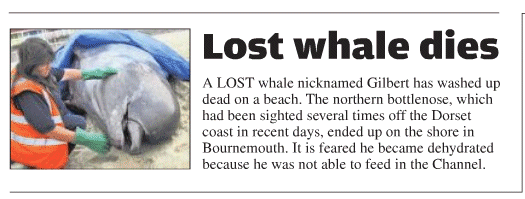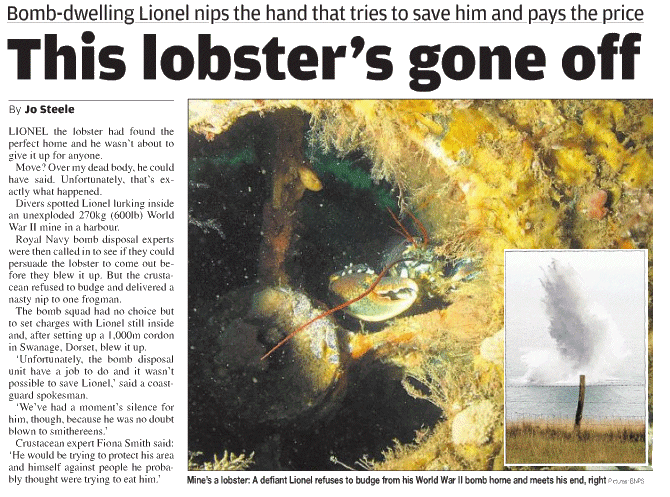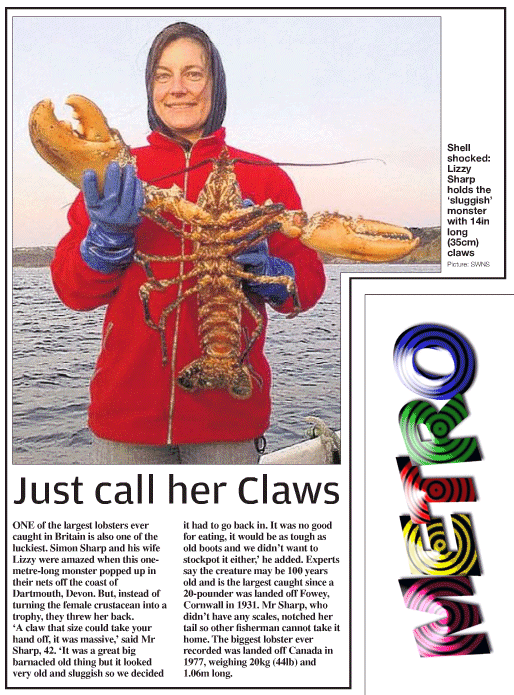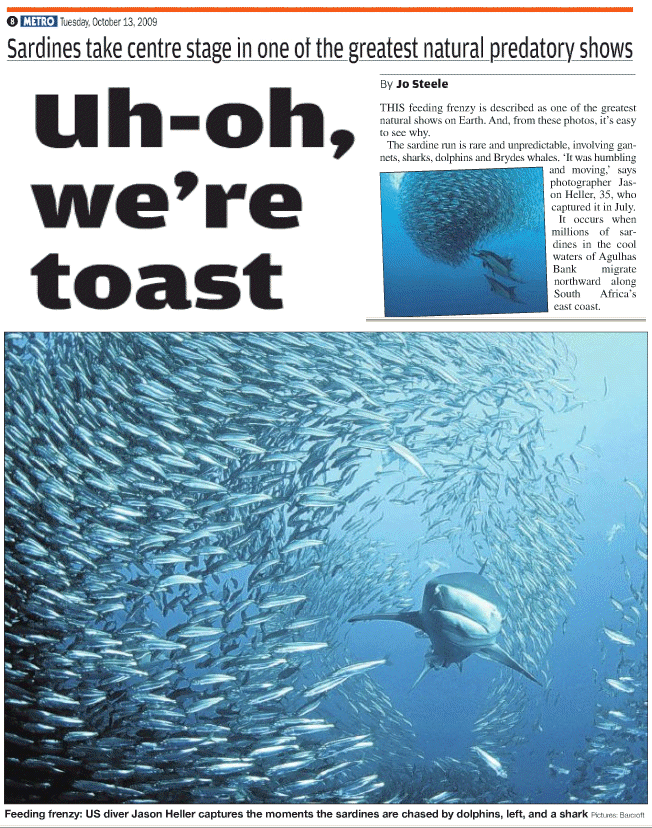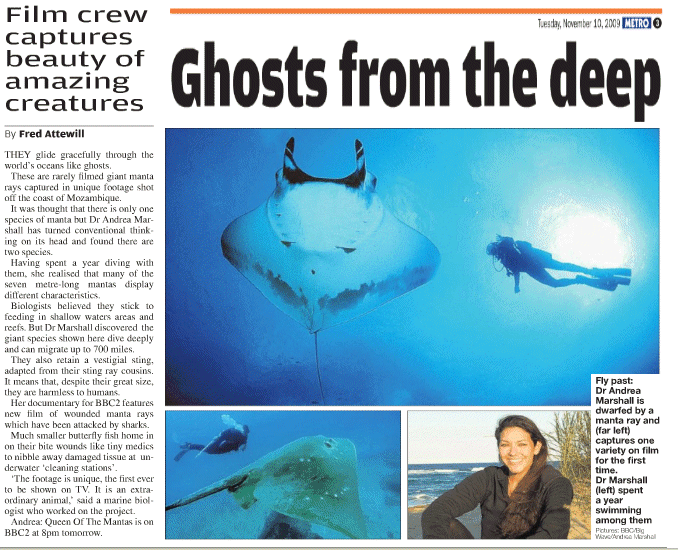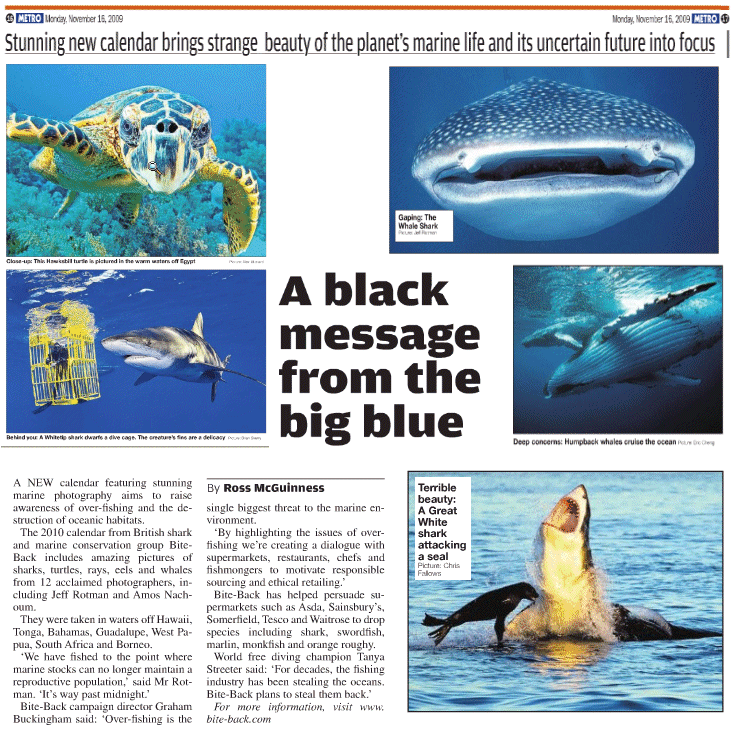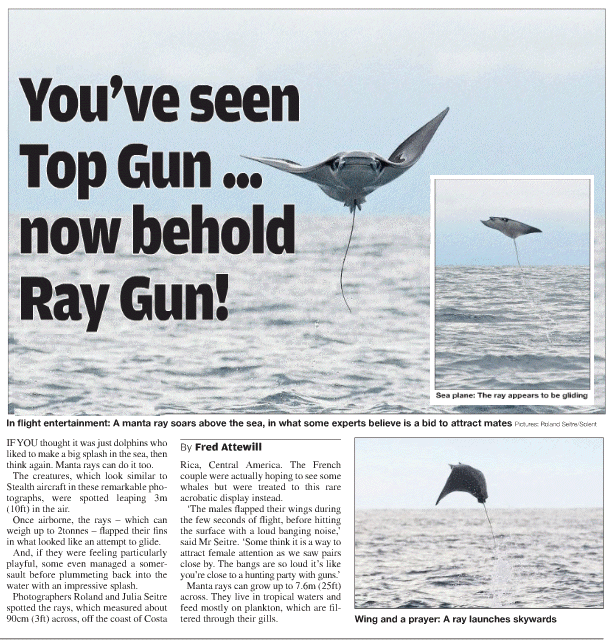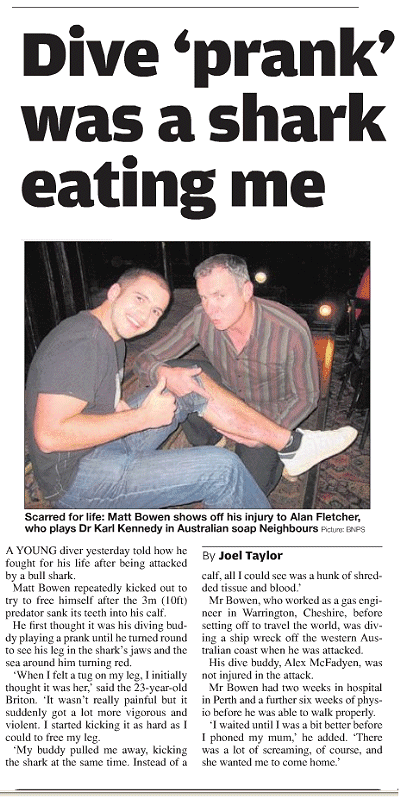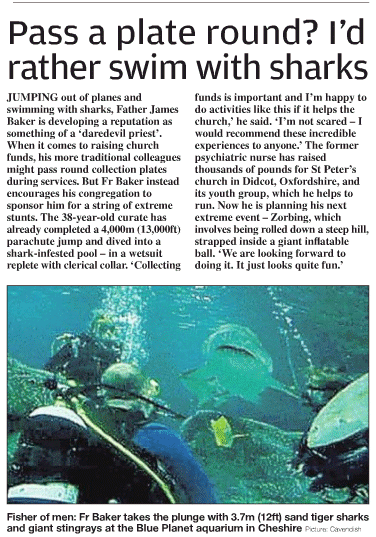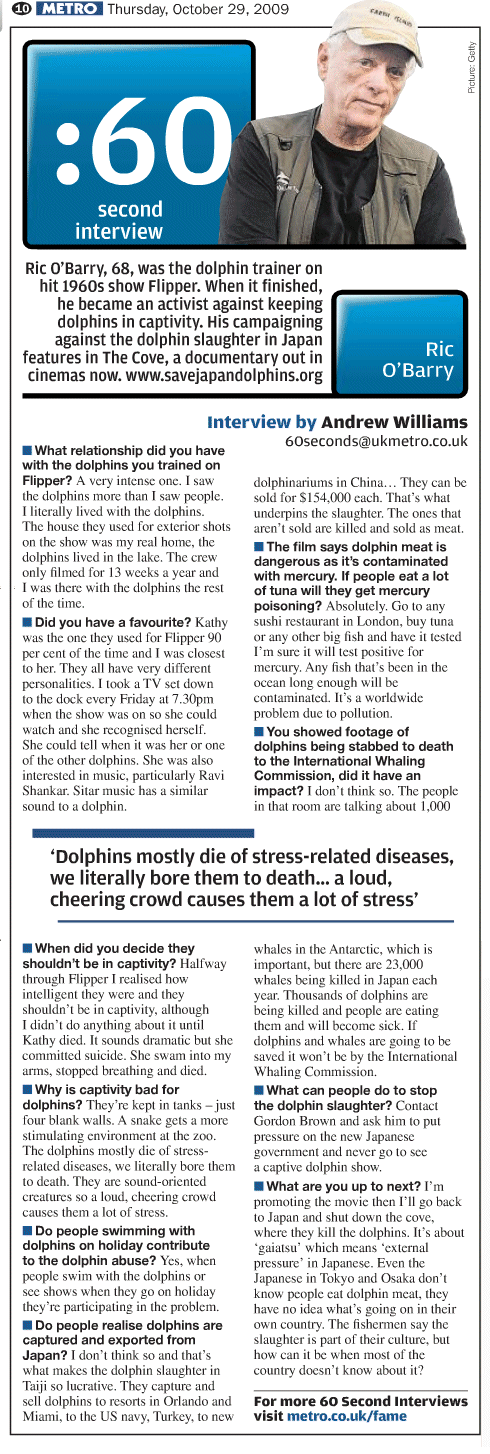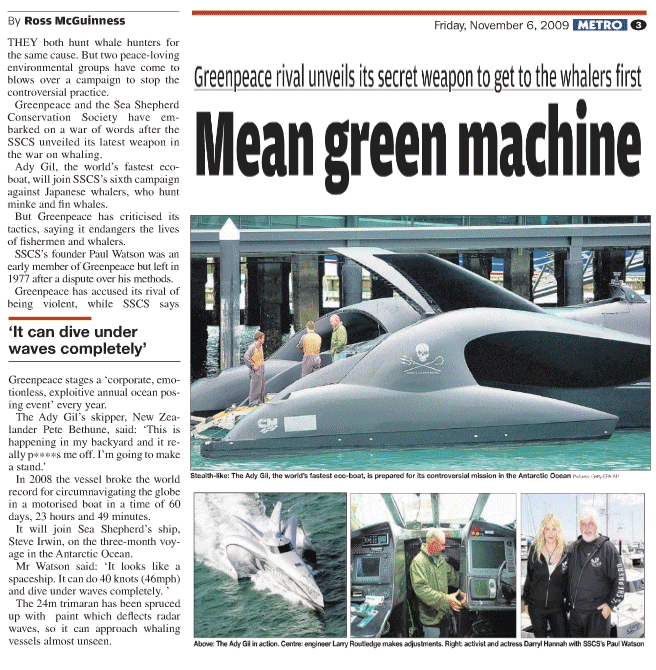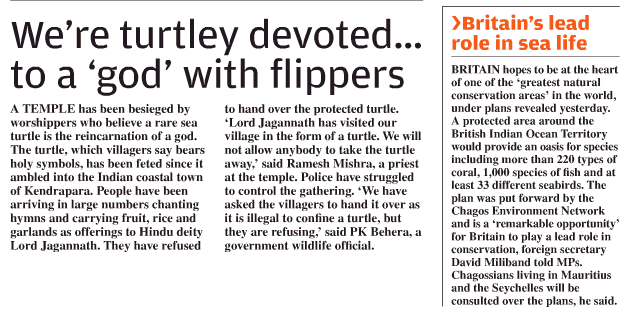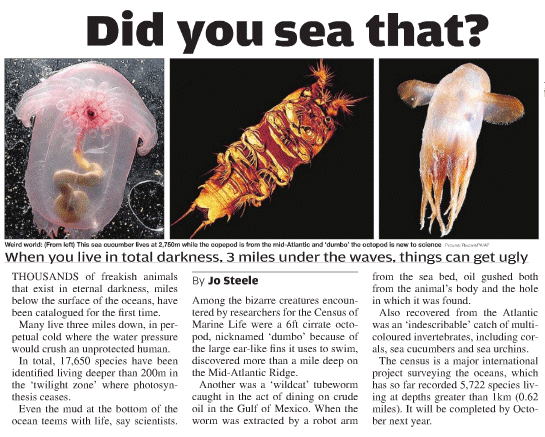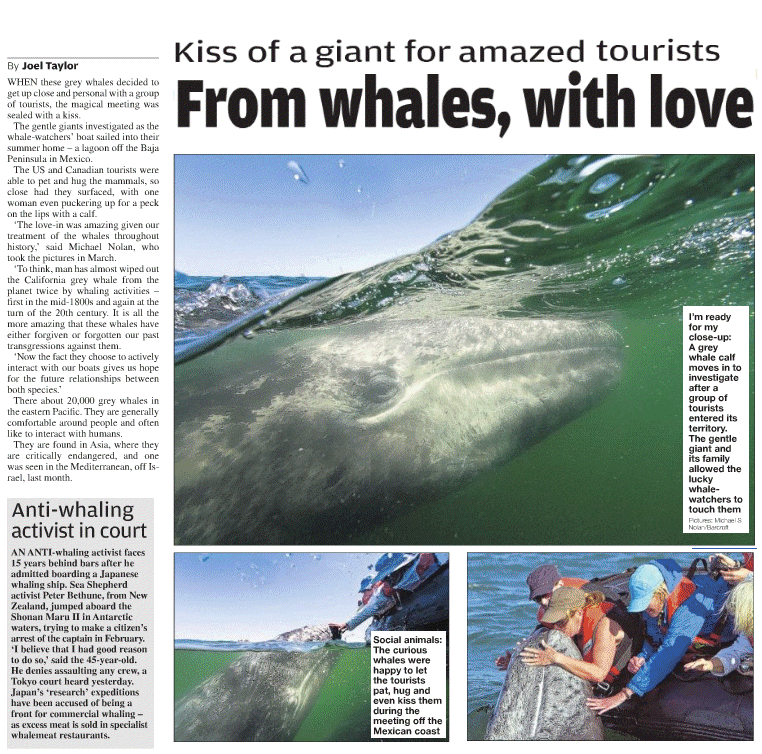NEWS
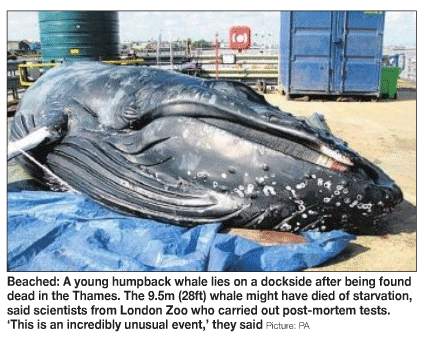 |
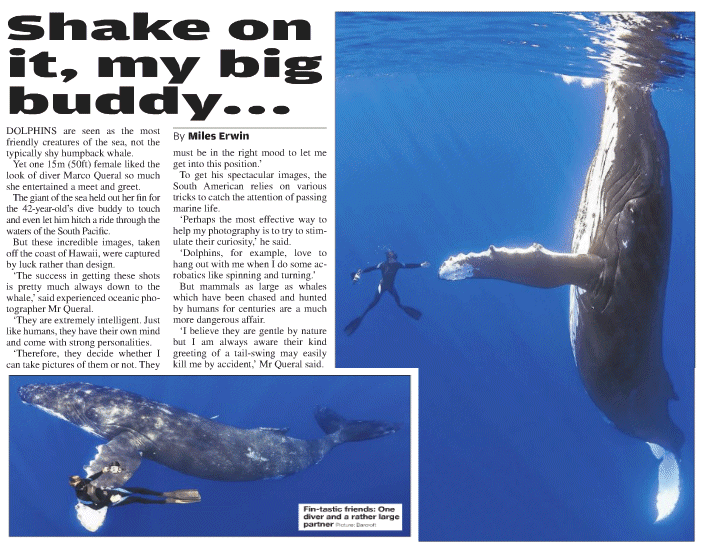
 |
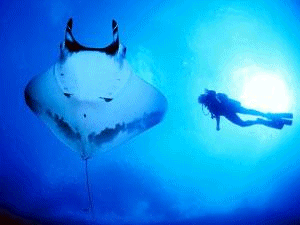 The marine ecologist discusses diving, underwater
beauty parlours and the discovery of a new species. The marine ecologist discusses diving, underwater
beauty parlours and the discovery of a new species.
Why did you decide to study manta rays? I've been telling everyone since I was 5 years old that I wanted to study sharks - all my work was to that end. But when I finished my degree, I went to Mozambique on vacation and stumbled upon the largest population of manta rays in the world. No one knows much about manta rays, so I saw this amazing opportunity to study them. Since then I've fallen in love with them. What's so great about these fish? They behave differently to other fish. They engage you as a diver, approach you, interact with you - it's a pleasure to work with them. While in Mozambique you discovered a new species of manta ray. How did that happen? When I first came here I didn't know anything about manta rays, but I saw what I thought were two different species. I was laughed at and told I was wrong. So I gathered enough information - morphological, behavioural, genetic - to prove that there really are two species. I named it Manta alfredi after Alfred Whitley, who provided the first detailed scientific description of manta rays in 1936. Manta ray "beauty parlours" have also been a focus of your research. How are they special? Cleaning stations are pretty well known in the marine environment, but for manta rays it's an extraordinary event. Because they are so large, "cleaner fish" partition up the ray and clean different parts of the animal. It looks so co-operative and gentlemanly. The mantas have to eat 14 per cent of their body weight a week in plankton, so any time taken out from feeding has to be invested in something important. As they can spend up to 8 hours having parasites removed and shark bite marks cleaned, it must be detrimental if they're not groomed. You have successfully tracked a manta ray using a satellite tag. What did you find out? The results suggest that they are oceanic wanderers, moving huge distances - up to 1100 kilometres - and travelling across international boundaries. This has implications for their management and conservation. What else have you discovered? We now know that they can give birth to one live pup every year, but usually they don't. This makes them less fecund than most other sharks and rays, and that makes them extremely vulnerable. Are manta rays under threat? In the IUCN Red List assessment we did in 2006 we called them threatened, but the more we find out about them the more we realise that in many places they should be listed as vulnerable. The threats go from minor - net entanglements, boat strikes, habitat degradation, and inappropriate ecotourism - to major threats. In some areas, 500 to 1000 rays are killed annually for their gill rakers, which are used in Chinese medicinal products. That's completely unsustainable.
Profile
|
